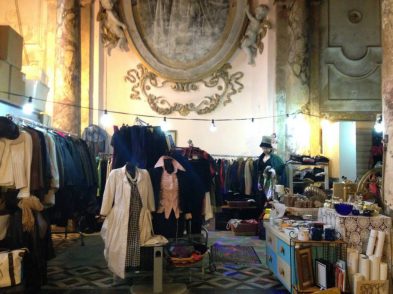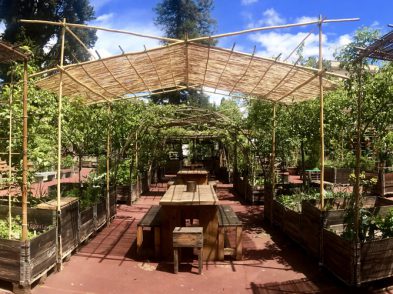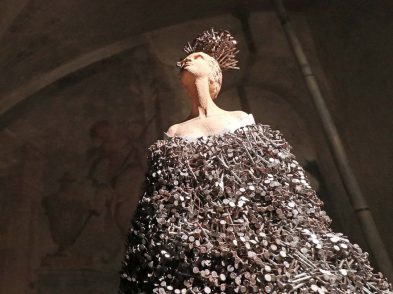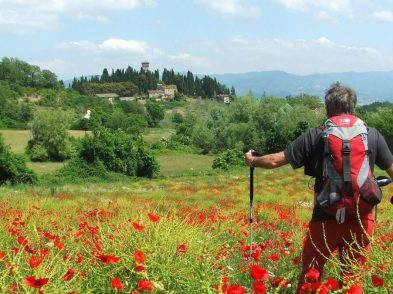Although he was born in the Tuscan town of Vinci and died in France, Leonardo da Vinci is inextricably linked to Florence. His career was shaped in the city with the help of the Medici and masters like Andrea del Verrocchio. The Renaissance genius’s personal history can be traced through the streets and buildings of Florence, whose many locations mean that, just like Leonardo, you can study, explore and cultivate your curiosity.
1. Museo Galileo
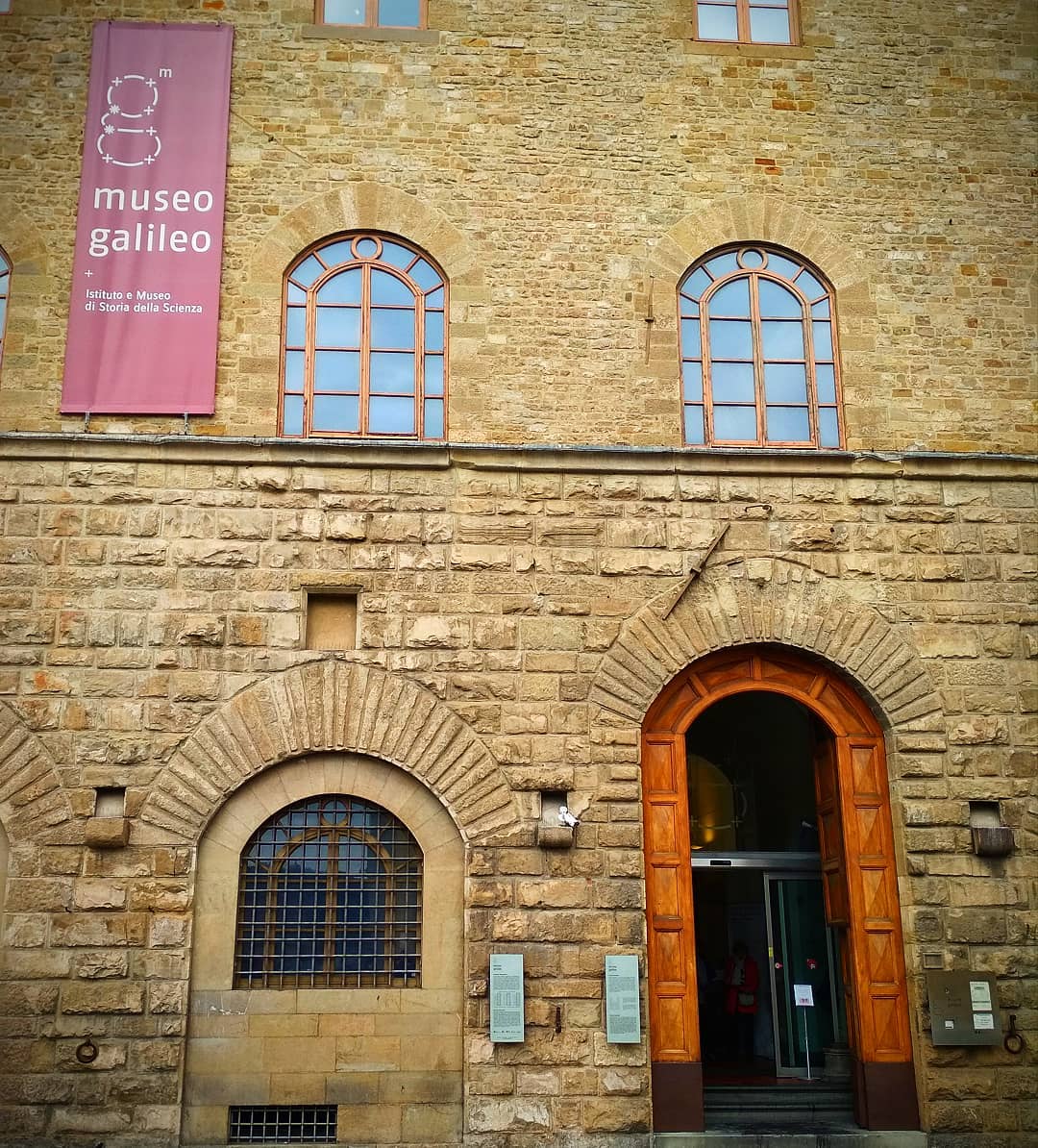
The Museo Galileo vaunts a comprehensive collection of scientific instruments that illustrate Leonardo’s time, in addition to copies of Leonardo’s codices and written material about his work. The archives of the Commissione Vinciana are housed here, containing over 7,000 glass photographic plates of Leonardo’s manuscripts. Opening June 6, Museo Galileo’s exhibition Leonardo and His Books. The Universal Genius’s Library will concentrate on Leonardo as an avid reader. The museum also regularly curates exhibitions dedicated to the Renaissance scientist for other institutions, such as Visions. The Challenges of a Universal Genius currently at Sansepolcro’s Museo Civico Piero della Francesca in Sansepolcro and the Uffizi’s recent show Water as Microscope of Nature. Leonardo da Vinci’s Codex Leicester.
2. San Marco


The anonymous Gaddiano, author of the Magliabechiano manuscript that detailed the lives and works of Italian artists in the 1530s and ‘40s, writes that Leonardo “stayed as a young man with Lorenzo de’ Medici, who provided for him and had him work in the garden on piazza di San Marco in Florence”. Lorenzo purchased the garden in 1480 and he created a sculpture park where artists were invited to study the collection of classical statues. The garden was situated between today’s via Cavour and via Arazzieri on the church side of piazza San Marco.
3. Badia Fiorentina

Badia Fiorentina, an abbey dedicated to the Virgin Mary in via del Proconsolo, denotes the final resting place of Leonardo’s father. Ser Piero d’Antonio di ser Piero di ser Guido da Vinci, an influential notary who worked for the Medici, was buried in the family tomb here in 1504. Twenty-one other family members were buried in the four square metre space, the first being Ser Piero’s second wife, Francesca Lanfredini, who died in 1474, as well as 23 half-brothers and sisters—the last family burial dated to 1614. (The necrology kept by the Benedictine monks makes for interesting reading.) When the church was renovated in the 17th century, many tombs were moved while replacing the paving stones inside the church and the da Vinci sepulchre was lost.
4. Palazzo Vecchio

In 1503, Leonardo was commissioned to create a wall painting representing the Battle of Anghiari in the Salone dei Cinquecento at the Palazzo Vecchio. Documented payments were made to Leonardo and in the Madrid Codex II there is a passage that some scholars believe referred to the “Lost Leonardo”: Friday the 6th of June, 1505, at the stroke of the thirteenth hour I began to paint in the Palace. As I lowered the brush, the weather changed for the worse and the bell started to toll, calling the men to the court. The cartoon was torn, water poured down and the vessel of water that was being carried broke. Suddenly the weather became even worse and it rained very heavily till nightfall. And the day turned to night. The painting supposedly remained unfinished because Leonardo went to Milan to work. In March 2012, it was announced that a team led by Maurizio Seracini had found evidence that the painting may still exist on a hidden inner wall underneath a section of Vasari’s fresco. The search was discontinued due to a disagreement between the research team and the authorities.
5. Room 35 at the Uffizi

A visit to Room 35 in the Uffizi Galleries is a high-octane, visual dose of some of Leonardo’s finest works. Inaugurated less than a year ago, it houses works from his youth, created in his years as apprentice to Verrocchio. The Baptism of Christ, completed between 1475 and 1478, was finished in collaboration with Verrocchio. Vasari claimed that the angel in profile wearing Christ’s clothes was painted so perfectly by Leonardo that Verrocchio never painted again. The room also contains the Adoration of the Magi (1481), unfinished due to Leonardo’s departure to Milan, and the panoramic Annunciation (1472) that Leonardo painted at the tender age of 20.
6. Verrocchio’s workshop
Records show that Andrea del Verrocchio lived at the crossroads of via dell’Agnolo and “via Pentolini sive Malborghetto”, today’s via de’ Macci, until 1470. Next to the house was his workshop where Leonardo worked until 1476.
7. State Archive
The Florence State Archive contains Leonardo’s birth and baptism certificates, signed by his grandfather Antonio, his family’s land registry records, notarial deeds drawn up by his father Ser Piero and documents referring to the trial for sodomy when Leonardo was 24. The archive also houses papers pertaining to Leonardo’s enrollment in the Company of San Luca, the Adoration of the Magi and the Battle of Anghiari, and his accounts with the Santa Maria Nuova Hospital.
8. Monte Ceceri, Fiesole
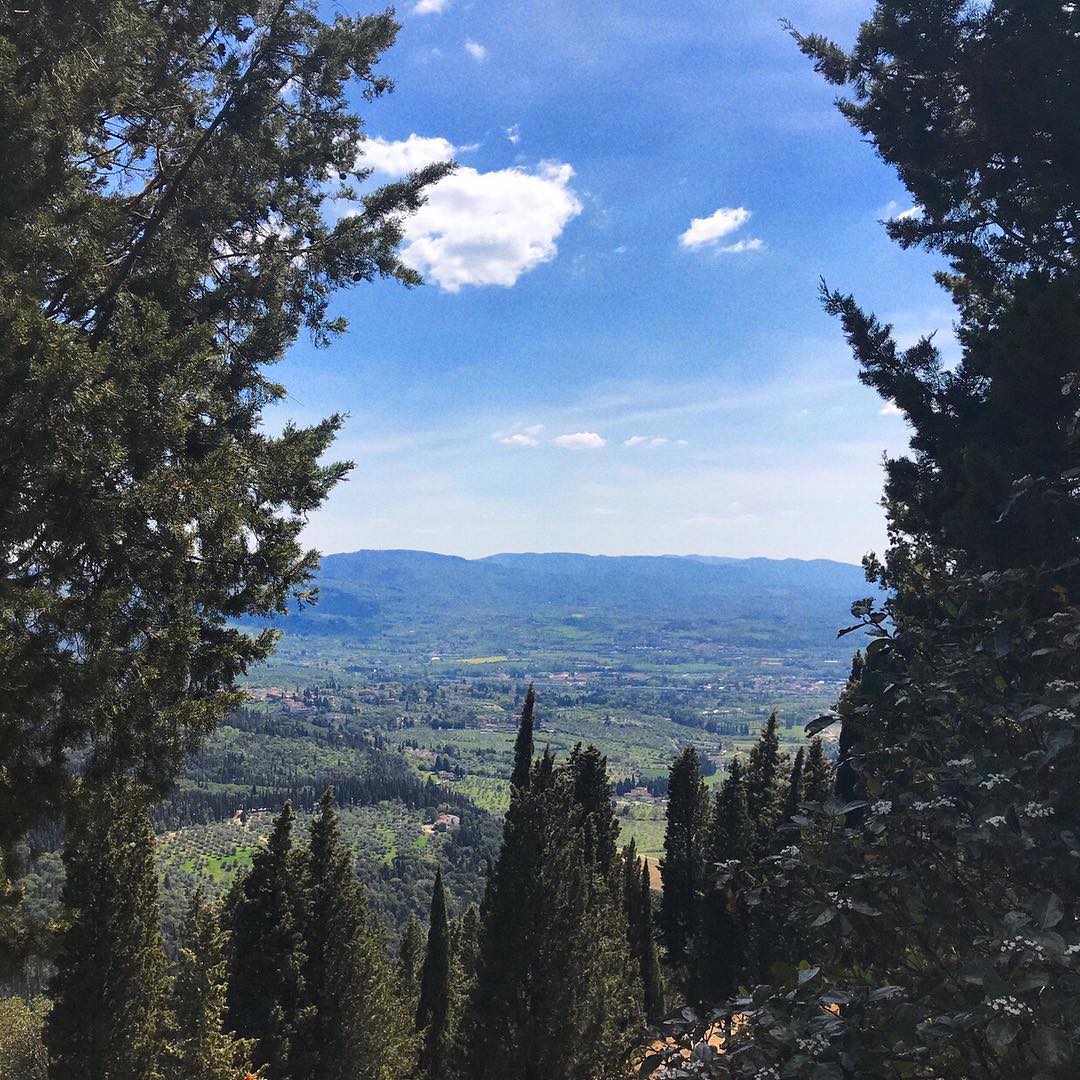
Southeast of Fiesole, Monte Ceceri is a protected park, which once housed 19 quarries from which tradesmen and artisans extracted stone for their crafts. Monte Ceceri lies at 414 metres above sea level and is mentioned by Leonardo in the Codex on the Flight of Birds, where he writes the following about his flying machine, “The great bird will take its first flight from the back of Monte Ceceri, filling the universe with stupor, filling all writings with its fame and bringing glory to the nest in which it was born.” Tommaso Masini, a friend and collaborator of Leonardo, tested the ornithopter and is said to have flown 1,000 meters before landing abruptly, hence regarded as the first human flight in history.
To explore Leonardo’s Florence (and Tuscany), browse the online resource www.latoscanadileonardo.it/en/


